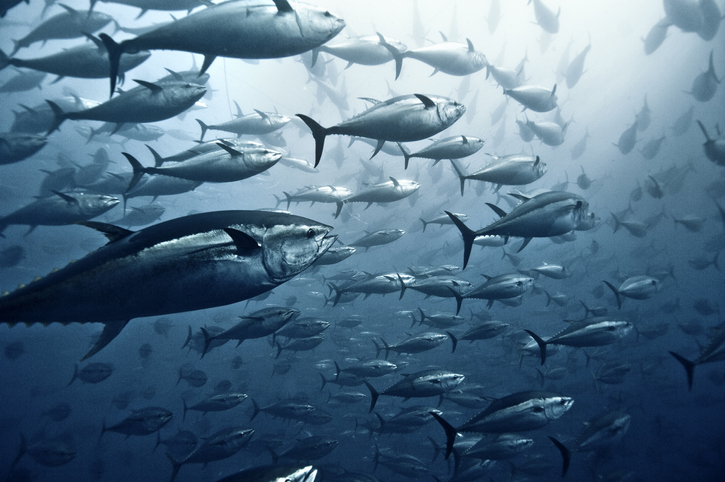The Australian Department of Agriculture, Water and the Environment is set to trial the use of fully automated stereo video technology in Australia’s southern bluefin tuna (SBT) fishery catch and farming operations located offshore from South Australia’s Port Lincoln.
In request for tender documents, the government agency outlined the fully automated system would help determine the weight of SBT catch taken, which would then be used to help cut back fishers’ quota holdings.
“Fully automated means that fish weight is estimated (either directly through stereo video cameras or by first determining length and then applying a length-weight relationship) with minimal human operation and does not rely upon a human operator to locate and identify the snout and tail of a fish for measurement purposes,” the department clarified in the tender.
Besides being able to demonstrate that the stereo video system is fully automated, the trial would require applicants to demonstrate the time it takes for the system to deliver estimates of weight, how well it estimates the weight of fish compared to physical measurements of fish, and how reliable it would be to estimate the costs of operating the stereo video system in an Australian SBT commercial operating environment over a transfer season.
The trial will also be required to determine if bias can be appropriately managed by testing two methods: Tow pontoon method, and transfer method.
“The tow pontoon method involves employing stereo video in the tow pontoon at some point during the trip to the SBT farms to generate an estimate of the average weight of fish in the tow pontoon. This weight would then be combined with the counts of fish transferred to grow out pens, to decrement quota,” the tender said.
“The transfer method involves employing stereo video at the transfer point between the tow cage and the grow out pens to estimate an average weight of SBT. This along with a count of fish would be used to estimate the total weight of fish as they are transferred, to decrement quota.”
The trial will commence at the start of December and is expected to be completed by 30 March 2022.
Tender submissions close 31 August 2021.
Airservices Australia has also announced its intention to commence trials of an Integrated Drone Surveillance Systems (IDSS) to investigate how to detect and safely manage drone detections around an aerodrome environment. Details of when the drone trial will commence have yet to be disclosed by Airservices Australia.
Similarly, Geoscience Australia has issued a notice it plans to approach the market for its SouthPAN Project, which would include procuring a satellite-based augmentation system (SBAS) payload service, ongoing uplink receive and downlink transmission services, ongoing satellite station-keeping services, and ongoing provision of orbital and payload performance data.
Geoscience Australia said intends to publish the RFT in the third quarter of 2021



